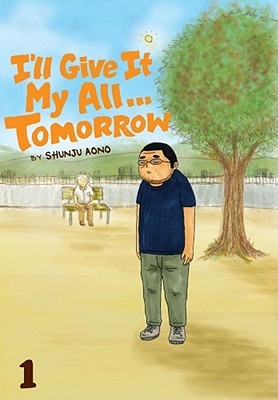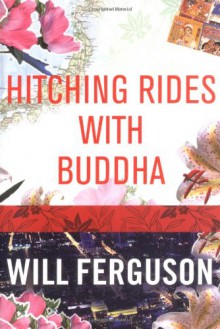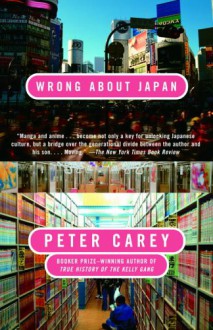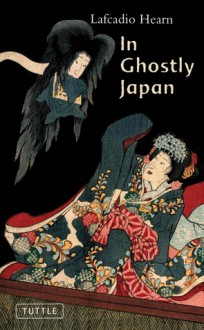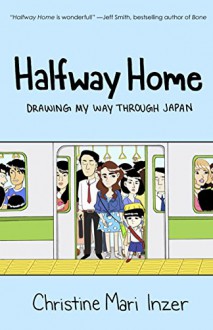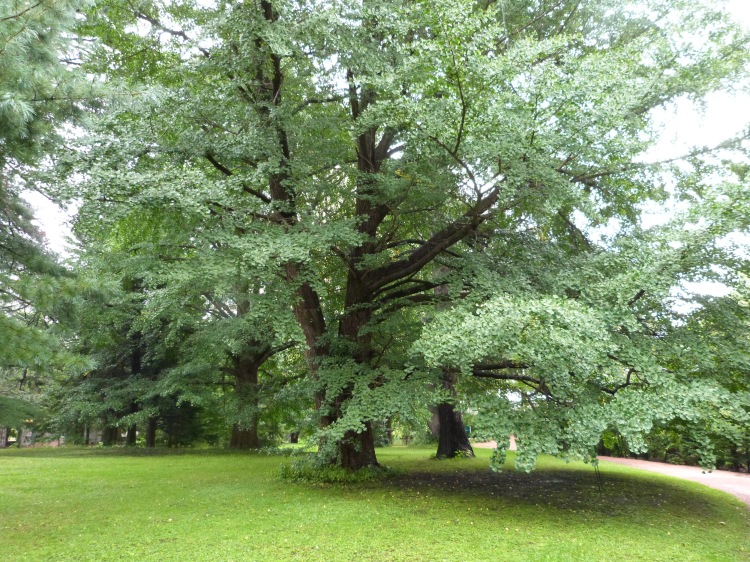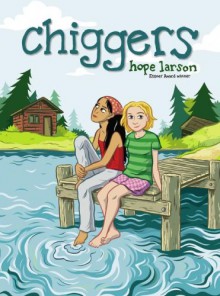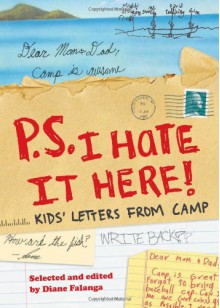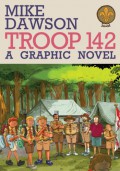In this new segment of BookLikes, I will be discussing my readings on the state of contemporary North American subcultures, countercultures, and popular culture in general- the advent of the internet has seemed to have had a radical effect on the accessibility, authenticity, and style of how "millennials," 20 and 30 somethings, define themselves. I'll be reading some books to try to discover what is this nebulous attribute known as "cool" in our, at heart, consumerist and conformist society. What better way than by taking a look at some of the ways people make fun of each other? We will be starting with "hipsters." What even are they? What's wrong with them? Am I one? I'm not even going to attempt to define the term, it's impossible and its already all over the internet anyway.
The term "hipster" seems an artificial definition, manufacturing a subculture for a time in which, for multiple reasons, none really seems to exist. The conflicting themes of sincerity and irony appear to be at the heart the millennial condition and thoughts about what a hipster even is. After all, irony is almost as notoriously difficult to define as hipster.
Probably the most standard definition of a hipster is that they refuse to be identified as such, in spite of the fact that, like porn, we know it when we see it. So if someone self-identifies themselves as a hipster, that mean they are not one- after all, if the definition of hipster is that they won't call themselves the term, then that indicates someone gauche enough to do so indicates they can't be one, right? But of course, by definition, if calling oneself a hipster means you can't be one, you really are one because you are, in effect, claiming not to be! It's a paradox!
As a Minnesotan, discussions of “hipsters,” whatever they are, seem topical. Minnesota was declared the most hipster state in the country a few years back and not too long ago, St. Paul was named the most hipster zip code in the nation. What is all this? What are we to make of it? It was for some answers that I went to this collection of books attempting to grapple with the complexities of this millennial trait. Here, I discuss some works that treat the phenomena in their publication order.
 When I was younger, growing up not really connected to the “cool” and “fashionable,” whatever those are, and living on the fringes of various suburban subcultures, I wondered about the future and what trends, new fashions, and fads would come into being in the futuristic 2000s. Just after I started college, I heard of new “hipster” thing on NPR, specifically talking about this book, The Hipster Handbook by Robert Lanham. Now, looking back upon the so-called “hipster” subculture ten years later (again after living upon its fringes) as it has begun its decline into stereotype and, well, the mainstream, Lanham's book seems to have an interesting place in the history of today's pop culture landscape.
When I was younger, growing up not really connected to the “cool” and “fashionable,” whatever those are, and living on the fringes of various suburban subcultures, I wondered about the future and what trends, new fashions, and fads would come into being in the futuristic 2000s. Just after I started college, I heard of new “hipster” thing on NPR, specifically talking about this book, The Hipster Handbook by Robert Lanham. Now, looking back upon the so-called “hipster” subculture ten years later (again after living upon its fringes) as it has begun its decline into stereotype and, well, the mainstream, Lanham's book seems to have an interesting place in the history of today's pop culture landscape.
At more than a decade old, it is still relevant to today's 20 and 30 something “counter” culture, and one that has certainly permeated the fabric of American society since 2002. As a pseudo-academic anthropological study of this exotic subculture, Lanham illustrates the various brands of the movement, from the Loner, introverted obsessives with a love of cataloging (of which I have an affinity) to the "bipster," appropriators of blue collar chic, many of these studies still resonate with the stereotype. In addition, Lanham also chronicles the many indicators of good taste as striven for by hipsters, including a (presumably) apocryphal glossary of slang, and lists of books, music, movies, and artists essential for the culture. Whether one denies vehemently one's hipsterhood or accepts it wholeheartedly (if such a contradiction is possible), much of the evolution of current trends were anticipated here.
The same cannot be said for another early work in the genre,  A Field Guide to the Urban Hipster. Like the Hipster Handbook, it affects a scientific style, in this case biological rather than sociological, but unlike Lanham this one has not aged well at all. While both are dated artifacts from an earlier period of pop-culture, the “Field Guide” feels a lot more mean-spirited and has less of an understanding of the topic. Even for it's time, "Field Guide" seems super-dated.
A Field Guide to the Urban Hipster. Like the Hipster Handbook, it affects a scientific style, in this case biological rather than sociological, but unlike Lanham this one has not aged well at all. While both are dated artifacts from an earlier period of pop-culture, the “Field Guide” feels a lot more mean-spirited and has less of an understanding of the topic. Even for it's time, "Field Guide" seems super-dated.
It is the first to illustrate a peril with defining hipsters- any lack of "getting it" by the authors comes off badly. Ostensibly, the book explores the various “species” of young hip urban dwellers, but seems to lack focus as to what exactly this constitutes; I mean, since when have Outlaw Bikers ever been considered hip or urban dwellers, let alone Ex-Frats? Do "Mods" even actually still exist? The author only clumsily effects the language and tropes of true nature guides, (complete with fake Latin scientific names) and relies mostly on stock stereotype in its mocking of such groups as hippies, academics, punks, goths, etcetera. Also, the entries come off condescending and downright misogynistic to boot. This uncomfortable element will return in later accounts.
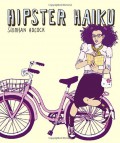 A much more stylish and humorous take down of hipsterdom, circa 2006, is the collection of tongue in cheek haiku by Siobahn Adcock, which also seems to be among the first hipster books to be published based on a blog, a tradition which seems to be the norm these days. Adcock's casual poems are like a self-deprecating time capsule of pop culture references, name dropping a lot of familiar stuff, websites, bands, authors, shops, all that stuff. Of course, it is all pretty dated, as well, but that seems to be the fate of hipster studies- things barely last a year before being abandoned.
A much more stylish and humorous take down of hipsterdom, circa 2006, is the collection of tongue in cheek haiku by Siobahn Adcock, which also seems to be among the first hipster books to be published based on a blog, a tradition which seems to be the norm these days. Adcock's casual poems are like a self-deprecating time capsule of pop culture references, name dropping a lot of familiar stuff, websites, bands, authors, shops, all that stuff. Of course, it is all pretty dated, as well, but that seems to be the fate of hipster studies- things barely last a year before being abandoned.
The stereotypes remain, though, and Adcock's work is a nice reflection of this juxtaposition between the sincere and the ironic that exemplifies the culture, with an insider's understanding of the ridiculous nature of the genre. I certainly got a lot more of the references now than when I first read back in '07.
 The "Field Guide's" notes of misogyny return here in this next entry, another blog later shoehorned into a book, and one that takes a much more critical stance towards the idea of hipsters.The strong current of "hipster sexism and racism" is well known as the many photos here of young white people dressed in absurd and insulting “Indian” headdresses prove.
The "Field Guide's" notes of misogyny return here in this next entry, another blog later shoehorned into a book, and one that takes a much more critical stance towards the idea of hipsters.The strong current of "hipster sexism and racism" is well known as the many photos here of young white people dressed in absurd and insulting “Indian” headdresses prove.
Grainy, pixelated, unacknowledged photos of people dressed in weird costumes from the user submitted website are crammed into the pages with some of the least successful jokes I’ve seen in such a product. The limp commentary, with its questionable use of ableist, transphobic, and racist subtext seems to smack of hypocrisy. If it were just the pictures, PBR, huge glasses, and thin mustaches, it might have had a bit more appeal, but the authors’ rather scolding tone comes off as bitter. Griping at people for not “really believing in anything” and “apathy” for attempting to follow interests not shared by the commentator have some rather unfortunate implications, I feel.
Am I wrong in thinking that there is a latent hint of reactionary sentiment to much of this humor? A downplaying of the motives behind "eating local," say, as born only of image rather than any genuine belief is not unlike the blog Stuff White People Like (which, whatever its creator's intentions, has been taken wholesale by white supremacists and myriad conservatives to illustrate everything they perceive as wrong with our "liberal generation.”) I mean, I'm not gonna even touch the insufferable book on the topic by noisome Fox News contributor Greg Gutfeld, in which he appears to do little more than lament that he wasn't popular in high school and now, its popular to like the environment and social justice, blah blah blah.
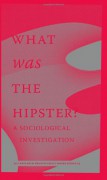 Fascinating stuff, but also frustratingly vague and obtuse, “What Was the Hipster” is a transcript of a discussion on a sociological approach to subculture and essays responding or attempting to clarify the discussion. The participants only barely scratched the surface focusing on reasons behind various styles, discussions of classicism and racism, and identity but these ideas are hardly given any space to really get to the guts of the debate. The very discussion of the phenomena of the “hipster,” the current counter/sub culture (if it can even be called that) is very complex and difficult to parse and the participants struggle to convey and formulate their ideas, talking around each other and name dropping everything from philosophers, ‘90s bands, and ‘80s TV-shows in but in fact, it seems, they are unable even to come to a consensus on what a hipster actually is.
Fascinating stuff, but also frustratingly vague and obtuse, “What Was the Hipster” is a transcript of a discussion on a sociological approach to subculture and essays responding or attempting to clarify the discussion. The participants only barely scratched the surface focusing on reasons behind various styles, discussions of classicism and racism, and identity but these ideas are hardly given any space to really get to the guts of the debate. The very discussion of the phenomena of the “hipster,” the current counter/sub culture (if it can even be called that) is very complex and difficult to parse and the participants struggle to convey and formulate their ideas, talking around each other and name dropping everything from philosophers, ‘90s bands, and ‘80s TV-shows in but in fact, it seems, they are unable even to come to a consensus on what a hipster actually is.
One of the goals of the "investigation" was its hope to express the reality of the hipster to future readers, which is itself a bit ironic, as the book, now five years old, is already showing its age. The hipster meme has already been declared dead and/or dying numerous times. In particular, the descriptions of the Peruvian hipsters from Lima who only embraced their Peruvian chicha musical identity when it was embraced as ironically cool by a French recording studio based in New York. This globalizing presence appears to be part and parcel of the hipster idea, as things become "cool" divorced from their origins only to loose their "authenticity" in the process. Themes of irony, authenticity, sincerity, and nostalgia all seem to be at the heart of the idea and lead to some of the most incisive essays in the collection.
To me, an essential part of hipsterdom, like that of all putative modern “subcultures,” if any such even truly survive, is consumption. With the proliferation of the internet, ideas and styles merge and mutate, leading to conflict among groups about meaning and identity. For my own part, I find subcultural studies like these to be very interesting, exploring the creation of modern social identities; the weird dichotomy of what is “cool” and “uncool.” For instance, the typical pursuits of the geek/nerd stereotype were traditionally the very definition of “uncool,” while the aspects associated with stereotypical hipsters were what “cool” people wanted, but there has been an odd shift; now, self professed geek activities have a social attache that approaches “cool,” while hipsters who ironically wear nerdy glasses and play D&D or whatever are insulted as in-authentically appropriating these things. "What was the Hipster?" only discusses these aspects in passing, and thus, it maybe the starting point for an academic study of modern youth subcultures but it is a flawed beginning.
 This issue is noted in the author's notes of the latest "field guide" of hipsters, Hipster Animals acknowledging that this work will, no doubt, be rendered obsolete quickly in coming "cycles of coolness," but will still be good for nostalgia, of course. In a perhaps hopeless attempt to avoid "judgement," the Author’s Note posits "we are all equally repulsive. Everyone is the worse."
This issue is noted in the author's notes of the latest "field guide" of hipsters, Hipster Animals acknowledging that this work will, no doubt, be rendered obsolete quickly in coming "cycles of coolness," but will still be good for nostalgia, of course. In a perhaps hopeless attempt to avoid "judgement," the Author’s Note posits "we are all equally repulsive. Everyone is the worse."
A specific collection of vignettes of the "postcollege upwardly mobile" (no dudebros or "mainline geekery," for instance, though that one I'd love to see), creatures we are probably all familiar with at their various dens in urban areas and college towns across North America. Like any good field guide, the various markings, calls, diets, habitats, and other fun facts of the species are detailed to aid identification of common types.
The illustrations are cute and amusing and colorful. I also enjoy the witty, blink and you'll miss them in jokes of a lot of the animals represented as well, like, the Experimental Coffee Gastronomist is a civet. How cute is that? Also, am I wrong, but could the Outdoor Screening Heckler, a loon with a penchant for shouting jokes her "friends find hilarious" at movie screens wearing a Minnesota necklace be a reference to our state movie comedians, MST3K? There seem to be a couple of sly nods to our state, so I am forced to wonder if the author may be a former Minnesotan. Also, I liked the diversity of species included as well; aside from the usual mammals there is also plenty of space for other Classes as well, birds, reptiles, even a few amphibians, fish, and mollusks.
As can be seen, in spite of being declared dead numerous times over the last decade, the idea of the hipster remains a popular whipping kid for the internet, even after become, basically, the default style of millennials- in fact, a lot of criticism of the term is probably part and parcel of the dominant wave of young people bashing these days.
From what I can tell, most hipster hate comes from two camps- those hopelessly square suburban stiffs with way too much of an obsession about "ethics" in video games, who maybe mutter something to the effect of “Uptown? Why would you wanna go to Uptown? Nothing but hipsters there. I never eat anyway fancier than the Olive Garden off of 394!” and the insufferable snobs who seem to take pleasure in looking down on everyone else; “Uptown? Please. Totally corporate, didn’t you know the action’s all in Northeast now? The pizza still blows compared to NYC, though!” Of course, the really cool people all live in St. Paul anyway. I kid, I kid!
Okay, enough of that. Next up, crust punks!
*Theme music for entry: "These Burgers," The Moldy Peaches, 2001

 Log in with Facebook
Log in with Facebook 

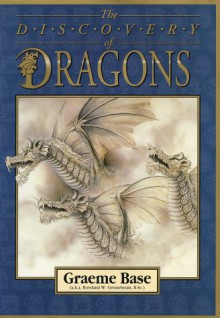
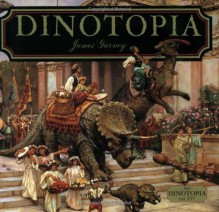

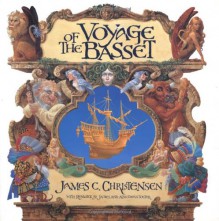
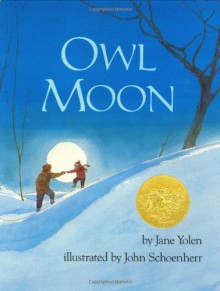
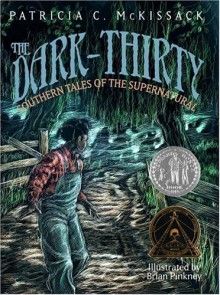
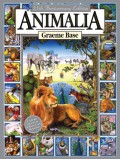







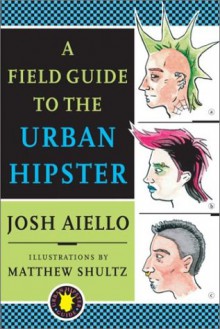











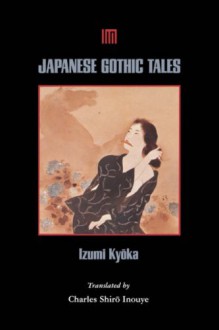
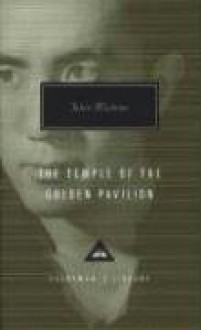





 I opened up my reading this summer with Botchan by Natsume Soseki. Often called the Japanese equivalent of Huck Finn, as in a classic work of literature that most people encounter in high school, Botchan was still a pretty funny read, even across the cultural and time divide.
I opened up my reading this summer with Botchan by Natsume Soseki. Often called the Japanese equivalent of Huck Finn, as in a classic work of literature that most people encounter in high school, Botchan was still a pretty funny read, even across the cultural and time divide.  I first read this collection of eerie Japanese stories by Kyoka Izumi some years ago, when I was looking for weird tales from different cultural backgrounds. I found it even more interesting as a companion on the trip as I learned more of the locations and history written about by Izumi.
I first read this collection of eerie Japanese stories by Kyoka Izumi some years ago, when I was looking for weird tales from different cultural backgrounds. I found it even more interesting as a companion on the trip as I learned more of the locations and history written about by Izumi. 




